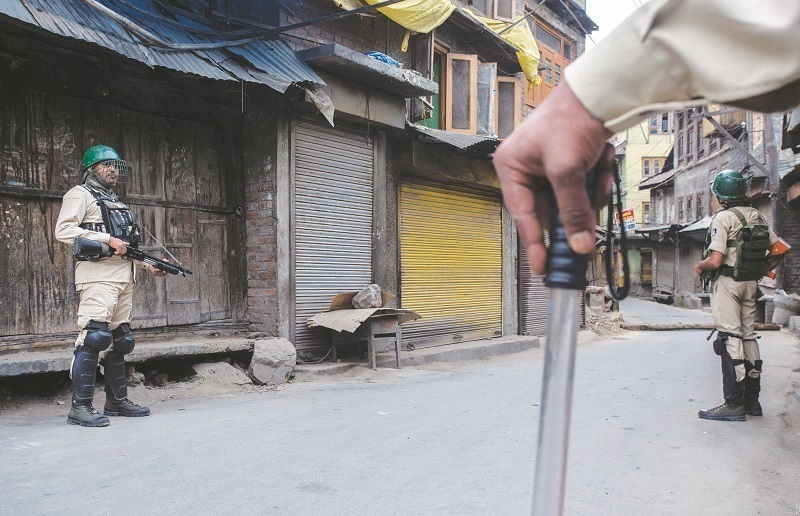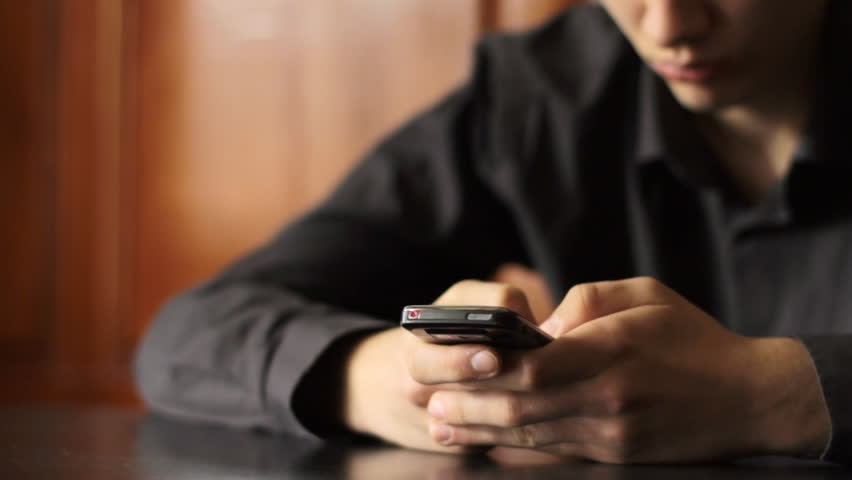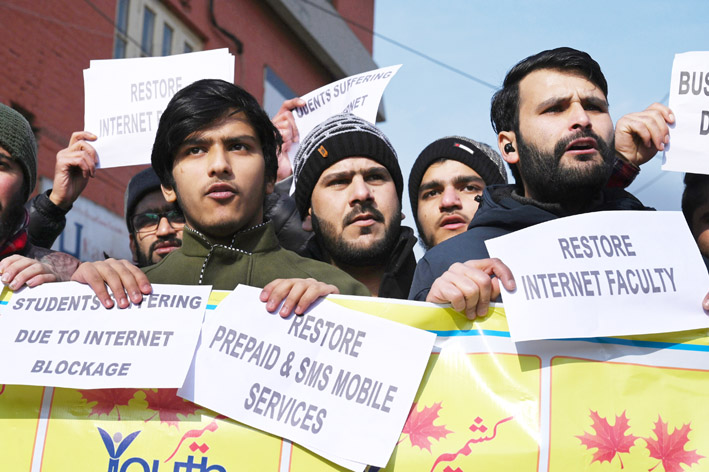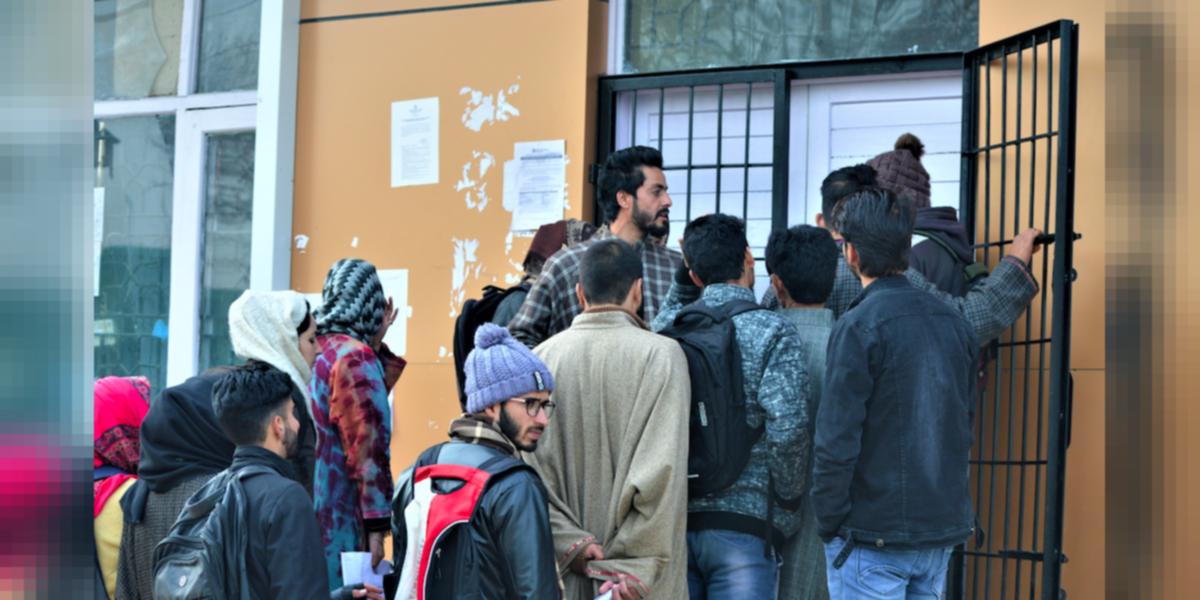
On this day, last year, snapped communication channels tormented many Kashmiris studying, working outside the valley. A student from Srinagar studying journalism in Punjab narrates how the day became a timeline of trauma, nightmares and anxiety for Kashmiri students far from home.
INSIDE the confines of an acoustic foam-walled studio, I was sitting on a steel chair, heedlessly listening to a teacher’s lecture on “Indian Media’s bias towards BJP”.
It was the blistering morning of August 5, 2019, and sitting next to me was a friend from Assam. He was enquiring about the sudden communication blackout and a new curfew imposed in the valley from the midnight of August 4.
These questions heightened my anxiety. The fretful state had first gripped me a week ago when advisories asking tourists to leave the valley suddenly fared online. Some in the tightlipped administration equated the leaked circulars with the “well-planned militant attack”. The possible execution of some prominent Kashmiri captives in Delhi’s Tihar Jail was also doing rounds. Additional reinforcement in one of the world’s most militarised zones further fuelled speculations.
Rumours, it seemed, were never so wild in Kashmir.

Even though students were strictly prohibited from using cellphones in class, I’d my eyes and fingers constantly swiping through the social media profiles just to read news update from my homeland. My dejected face had itself coerced the Punjabi teacher to allow me to use the cellphone.
But that day, Kashmir’s vibrant virtual space was dead silent. News channels were only babbling over the 4th August’s midnight video of police enforcing another uncertain curfew in Kashmir.
Elders back home say that since the notorious Jagmohan era, these uninvited curfews were continuously used by the establishment to punish Kashmiris whenever there was a rise of reason and rage in Vale.
But that day, since there were no specific protests scheduled, it created more panic in Kashmir. And when even landline phones were snapped, the entire region became an incommunicado village.

In that air-conditioned college room, I was constantly thinking of my family, friends, colleagues and my aunt battling stage-4 brain tumour. They were all snuffed out from the rest of the world, coercing them to live this new ordeal on their own.
Kashmir was turned into this acoustic foam-walled room from where the voices were barred to disseminate.
While scrolling down the broken display of my phone, my eyes were caught to the sudden pop-up, “Amit Shah was about to speak on Kashmir emergency in Parliament.”
The tranquil class was flaring with these pop-ups, all hands trying to take out their phones from pockets. The eager teacher himself wanted to know the reason behind the ongoing Kashmir fuss that had caught an international eye. The lecture came to an end early that day.
The fate of Kashmir was written on the paper lying 825 kilometres away in the hands of Home Minister of India in New Delhi.
Within a few minutes from the start of Parliament’s Live coverage, Shah started to read the provident speech from the white paper with colorful sticky notes.
As my palpitations gradually fluttered with sweat pouring down the right side of my face, Shah numbed every Kashmiri listening to him, “Article 370 was now a history”.

The reason behind sudden advisories, additional troops, curfew, and communication clampdown became clear. The so-called terrorist attack was nothing but a diversion to introduce a new tactic of penalising Kashmiris.
While Kashmiri bodies were being tainted, many faces around me were exhilarated. But some foreign students were still perplexed on Shah’s seemingly endless speech.
Anxiety, suffocation, longing and agony had already pushed me to the brink. I wanted to cry and share this ordeal with someone who was suffering from the same fate. But there was no Kashmiri except me in the class of 40.
I immediately absconded from the class where the majority celebrated this unilateral revocation of Article 370 and failed to understand this nightmare.
After walking for more than 15 minutes, I reached the roadside bistro where other Kashmiri friends had assembled with a despair face. Many sat on steel benches, some on tables, and others lost in their own agony. All yearned for their loved ones back in the valley. Like others, I had patently believed that Kashmir was once again turned into a land of mourning.
For days, I kept thinking about my family, the unfinished conversations, and goodbyes. They were all haunting me. “What if my Aunt was no more in this world? Had destiny prefixed a lonely burial for her,” I wondered, while being surrounded by non-Kashmiris who were provokingly planning to buy land near Dal Lake.

Some international news organizations were suggesting that several Kashmiri civilians including juveniles as young as ten were arrested during the night raids and incarcerated for crimes they never committed. New Delhi’s allies in Kashmir were also locked up, at secretive makeshift jails, making the valley a faceless territory.
Amid all this, there was no information of my family living in the world’s largest open-air prison. The nights were seemingly endless, the anxiety attack and horrific thoughts had already taken over my sleep. The valley was completely silent, with military siege in power. Kashmiris were forced on the abandoned path where Fundamental Rights had no value.
Far from their loved ones, Kashmiri students outside the valley were passing through an imaginable pain. Many were losing hope of their family members being alive, others breaking down in tears while seeing their family pictures, and the rest of us were psychologically traumatised from the daily incitement from non-Kashmiri students and bistro owners for their vicious sexist comments for Kashmiri girls.

In between, satellite numbers were shared on some official social media accounts back home. After finding the prescribed number for my area, I tried calling them a few hundred times, all in vain. The service seemed ironic. It was like faking sympathy after inflicting massive pain on a person.
But that didn’t stop the patriotic media to add insult to our injury. They kept running headlines like “Kashmiris are celebrating this historic move” — when no news was coming from mountains we call home.
It was simply too much for the likes of me to take. Due to the communication clampdown back home, many of us were now running out of means. After left with just Rs 500 in my pocket, I abandoned the daily lectures for over a fortnight. The same was happening with other Kashmiri compatriots.
After a month of remaining oblivious about my family’s whereabouts, I finally received a call from our family landline.
It was my sister, saying, “We’re all alive”, before the line went dead again.
Follow this link to join our WhatsApp group: Join Now
Be Part of Quality Journalism |
Quality journalism takes a lot of time, money and hard work to produce and despite all the hardships we still do it. Our reporters and editors are working overtime in Kashmir and beyond to cover what you care about, break big stories, and expose injustices that can change lives. Today more people are reading Kashmir Observer than ever, but only a handful are paying while advertising revenues are falling fast. |
| ACT NOW |
| MONTHLY | Rs 100 | |
| YEARLY | Rs 1000 | |
| LIFETIME | Rs 10000 | |












